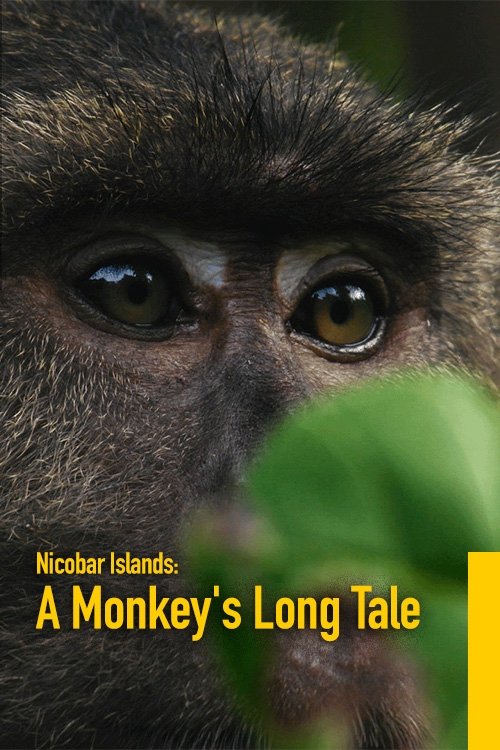The Next Mega Tsunami (2014)
• June 1st, 2014 • 0h 43min
Documentary
Overview
Ten years after one of the most deadly tsunamis ever known, scientists are making a shocking discovery. Experts used to believe that the biggest killer waves were only generated in a handful of regions, but mounting evidence now suggests that more of the world’s coasts, from the Mediterranean to Australia, could be in grave danger. But where will the next Big One strike?
Make sure to check your pop-up blocker!!
Trailer
Similar Movies

Record of Life: Those Who Fought in the Okawa Tsunami Trial
Released on: 2023-02-18
Documentary
On March 11, 2011, Okawa Elementary School in Ishinomaki City was engulfed by a tsunami, and 74 chil...
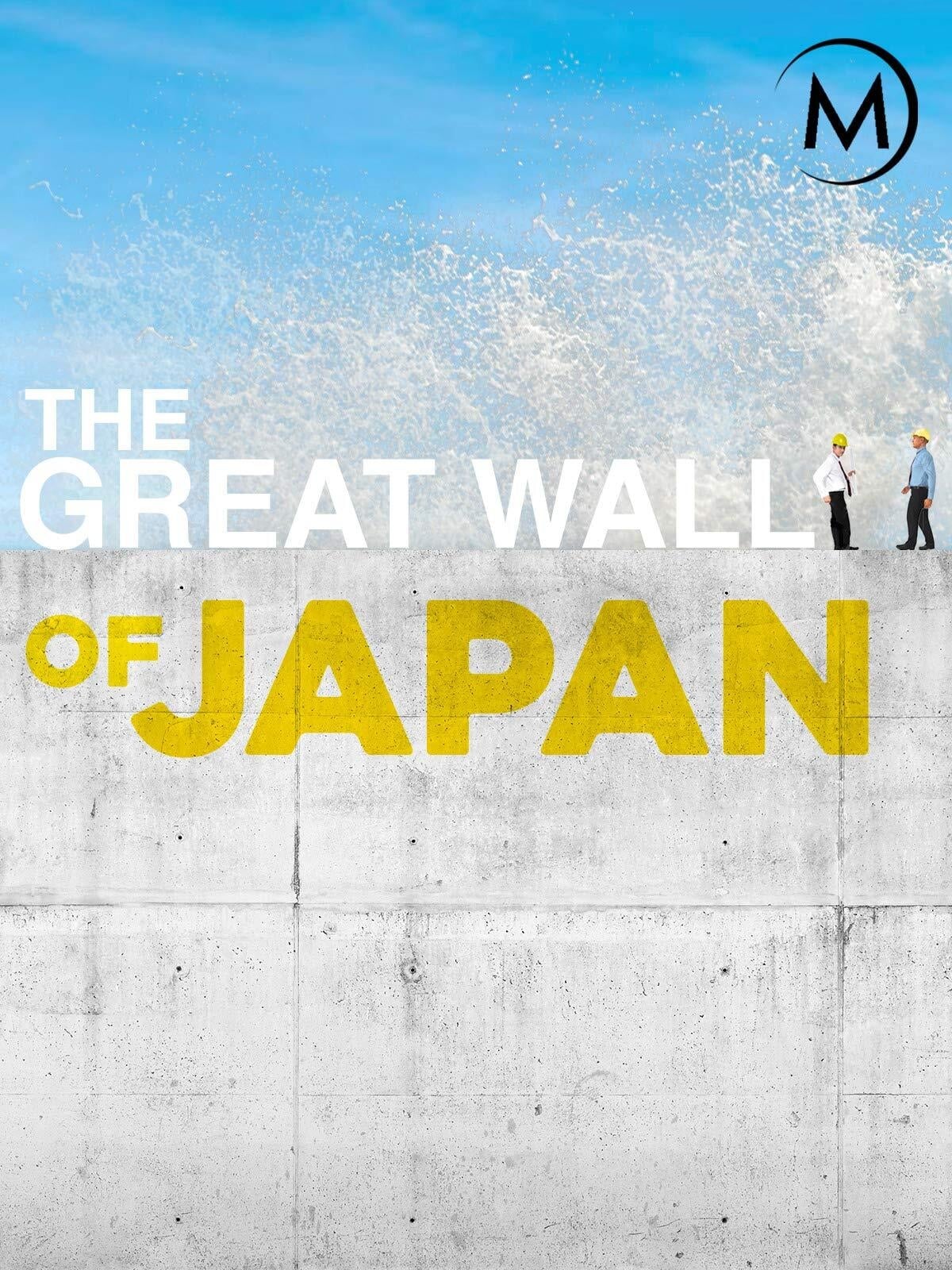
The Great Wall of Japan
Released on: 2018-01-01
Documentary
After the disaster of March 2011, the Japanese authorities decided to build a gigantic 15 meter high...
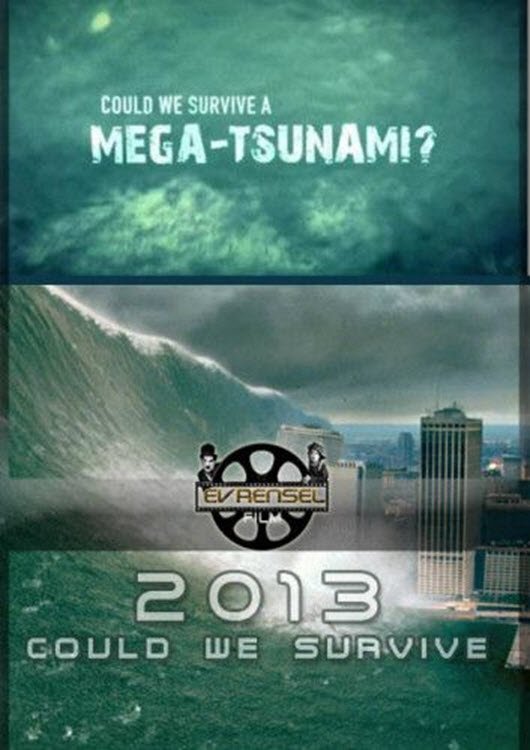
Could We Survive a Mega-Tsunami?
Released on: 2013-04-18
Documentary
Starting off a kilometre high, travelling at the speed of a jet aircraft, and heading for us. It doe...
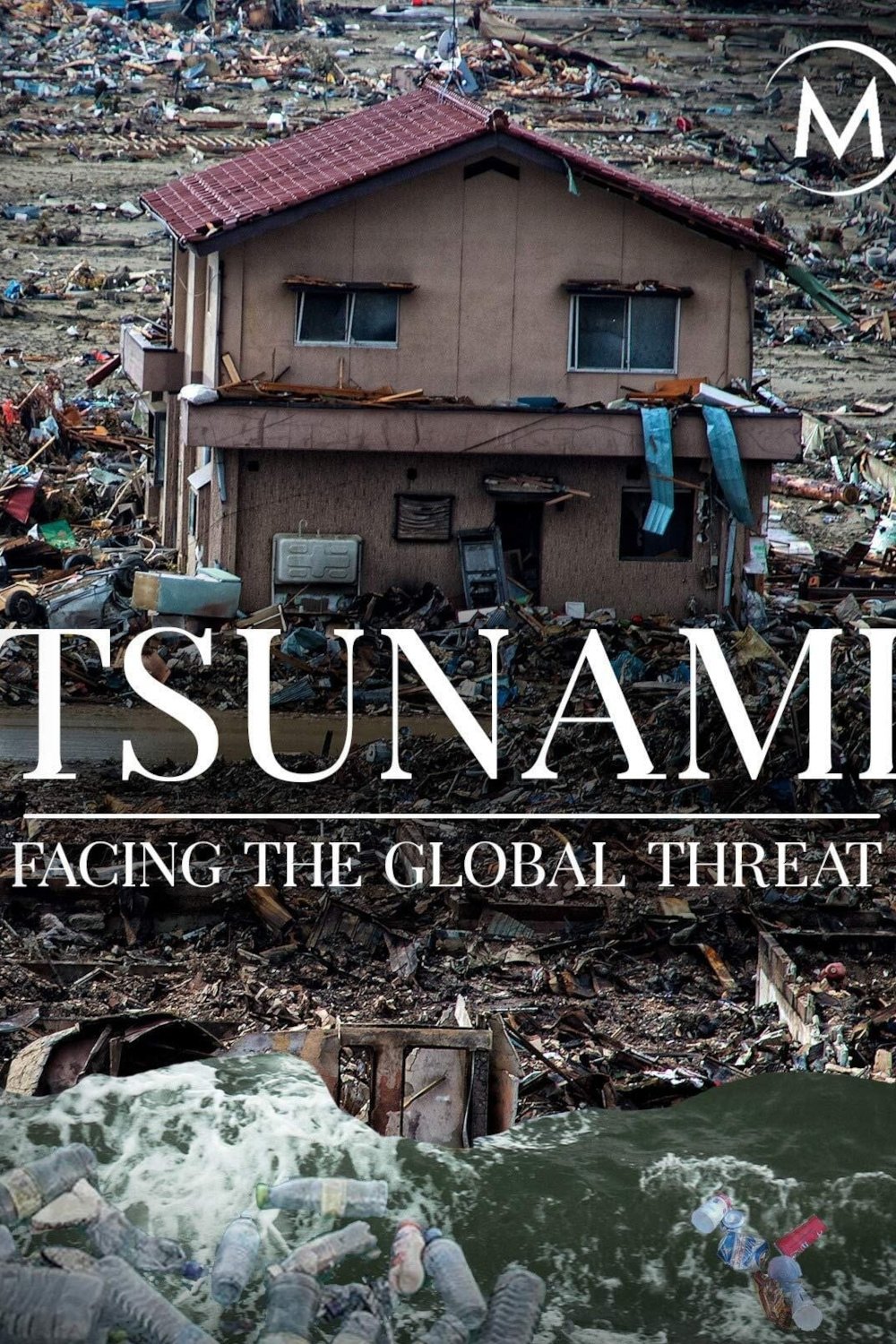
Tsunamis: Facing a Global Threat
Released on: 2020-04-18
Documentary
A worldwide scientific investigation on tsunamis. Thanks to exclusive access in Palu, Indonesia, fol...

The Tsunami and the Cherry Blossom
Released on: 2011-09-12
Documentary
On 11 March 2011, an earthquake caused a tsunami to hit the Tōhoku (Northeast) region of Japan. In t...
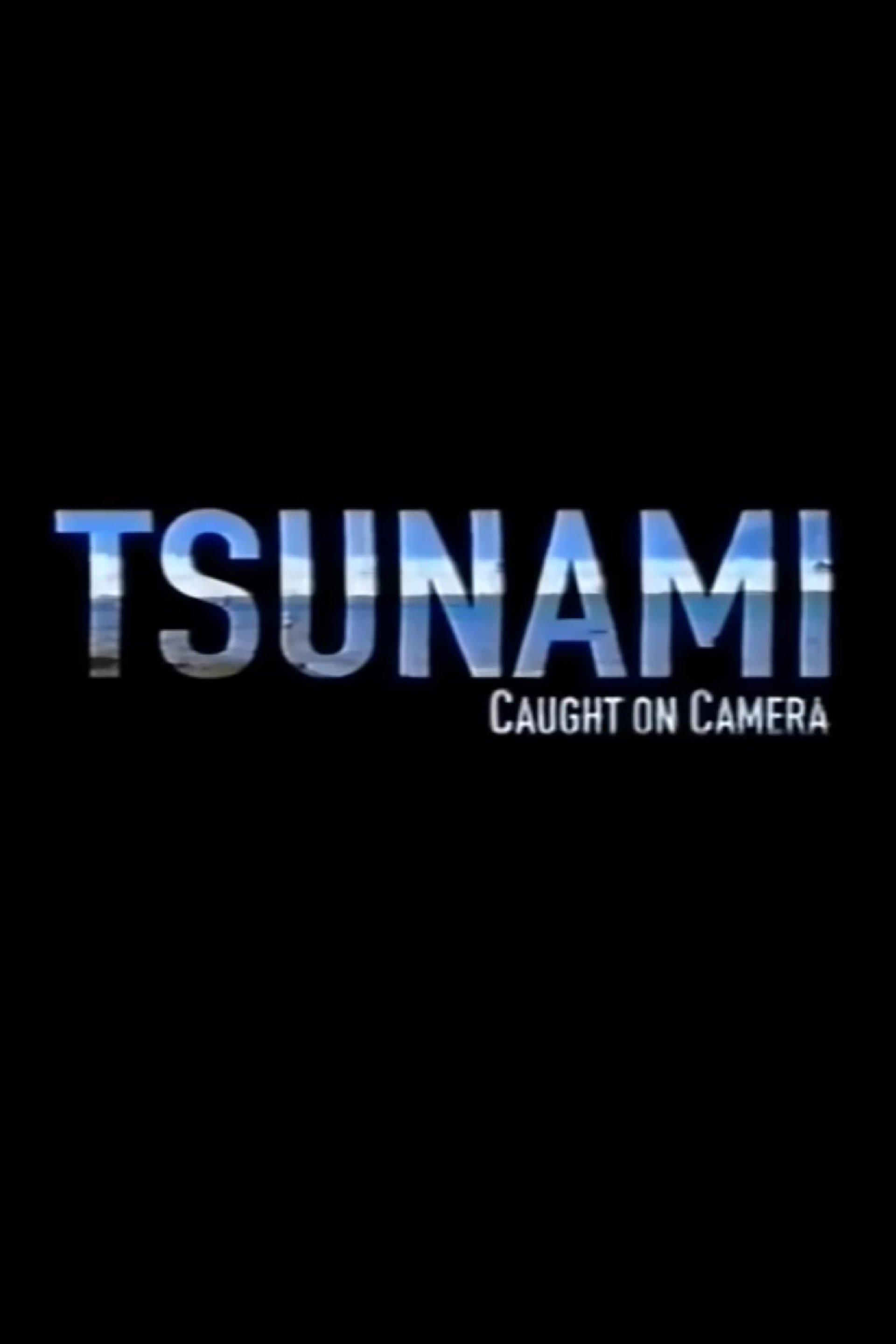
Tsunami: Caught on Camera
Released on: 2009-12-30
Documentary
A minute-by-minute account of the Boxing Day 2004 Tsunami told through amateur video footage of peop...
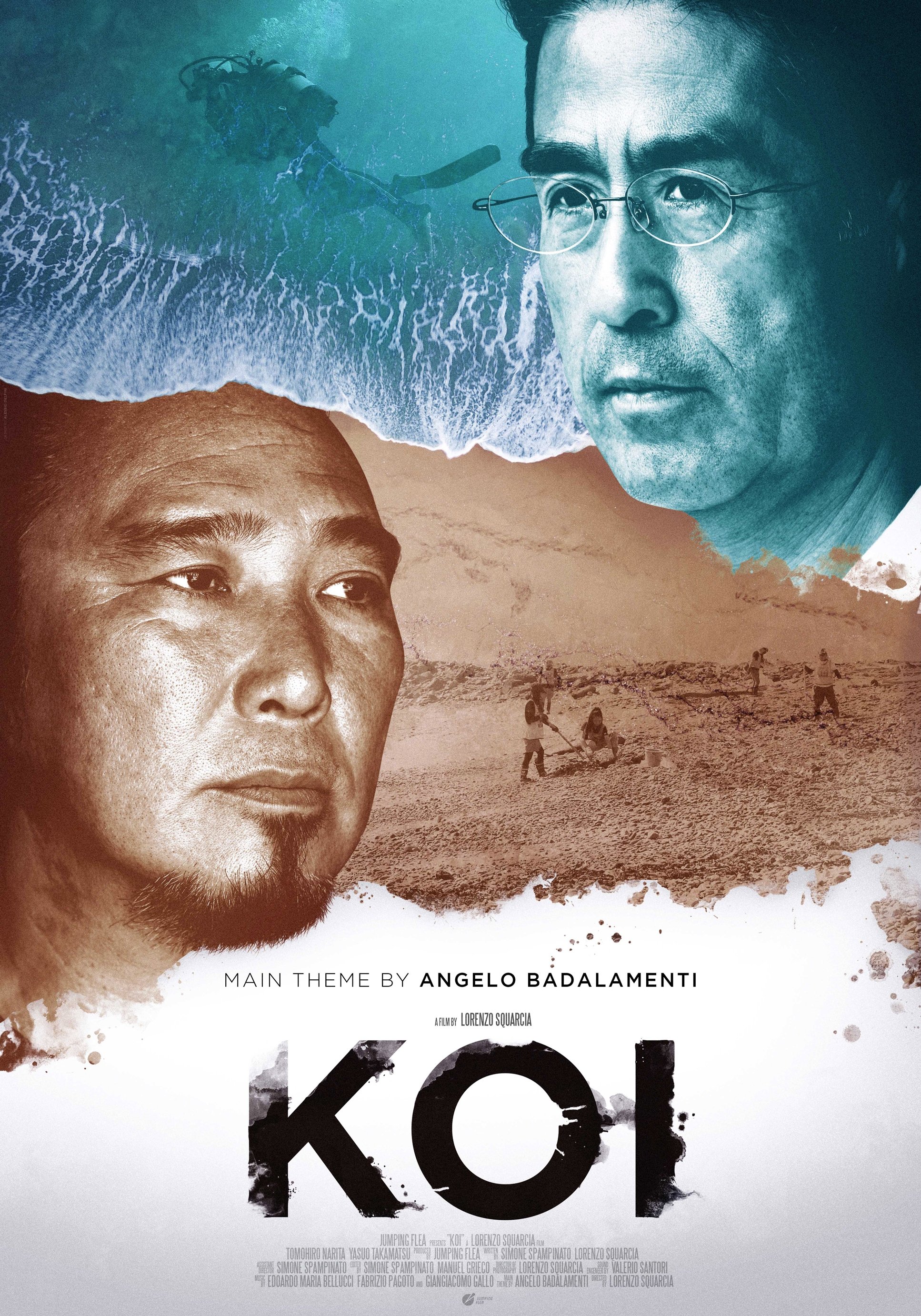
Koi
Released on: 2019-09-03
Documentary, Drama
There's no definitive separation as long as there is memory'. Since the Tsunami hit the northern par...
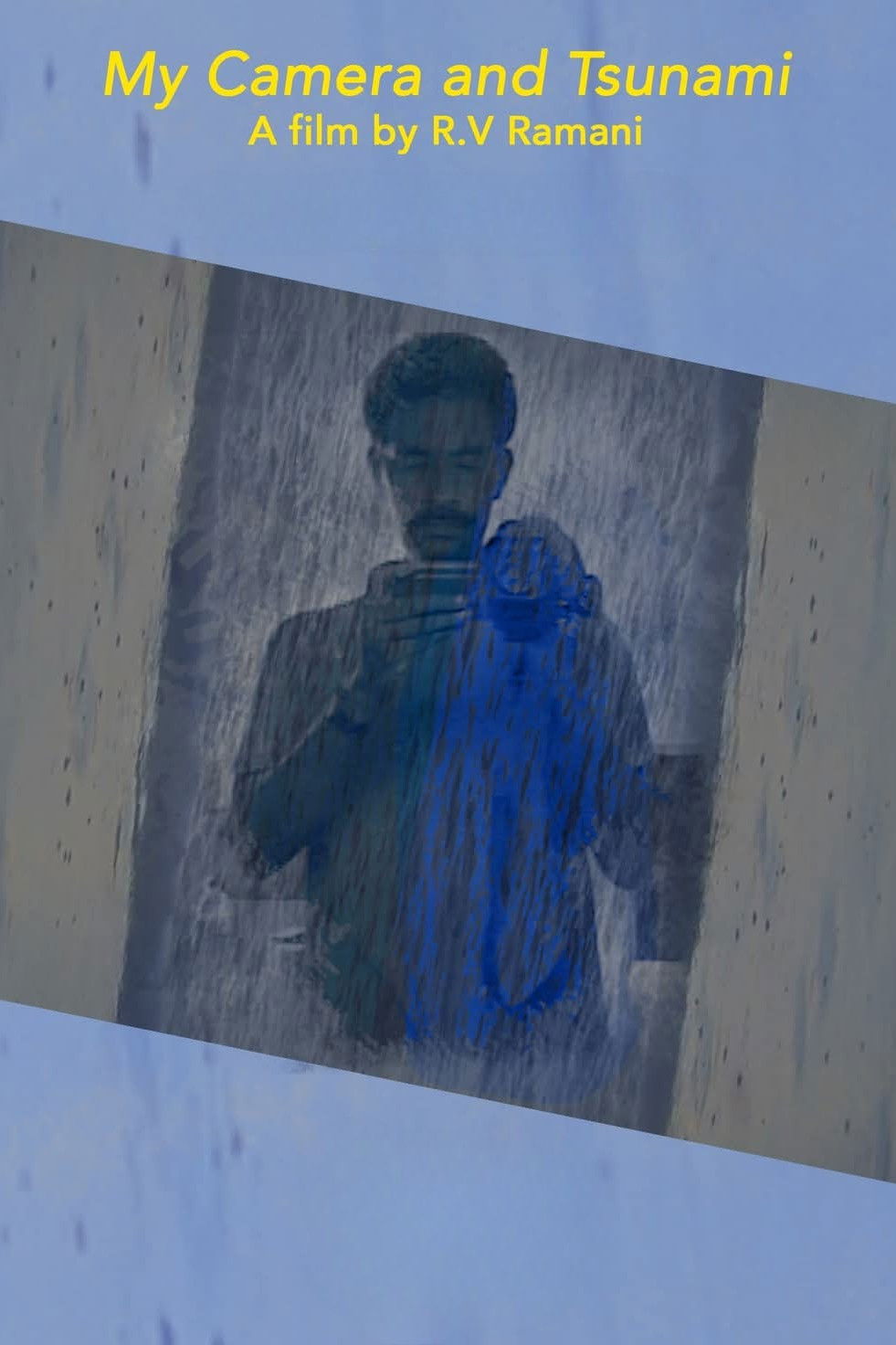
My Camera and Tsunami
Released on: 2011-08-09
Documentary
The story of a camera that perished in a Tsunami. The Film shares special moments that the Filmmaker...
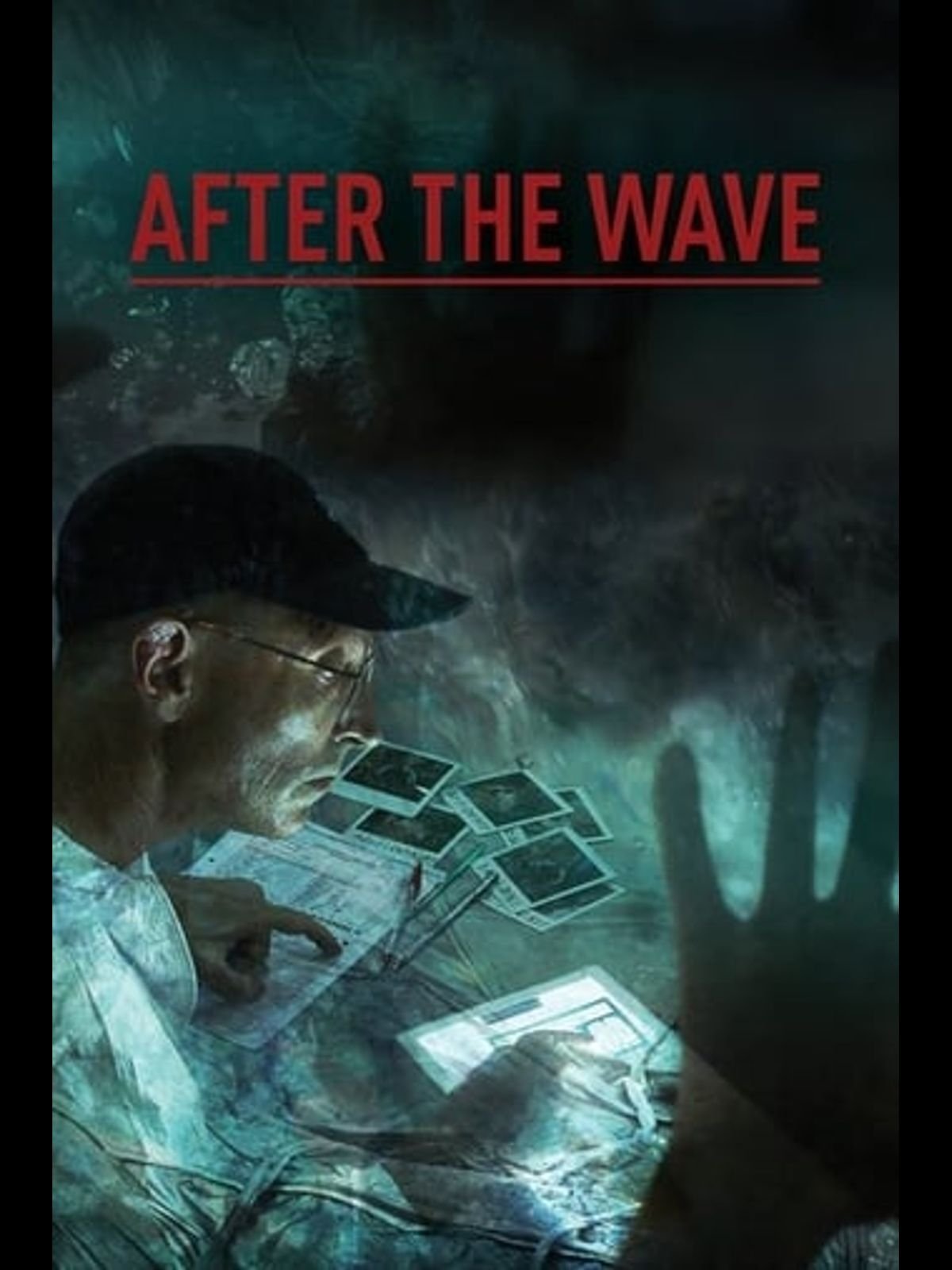
After the Wave
Released on: 2014-12-14
Documentary
The Boxing Day Tsunami in 2004 was the most devastating natural disaster in modern times, killing 22...
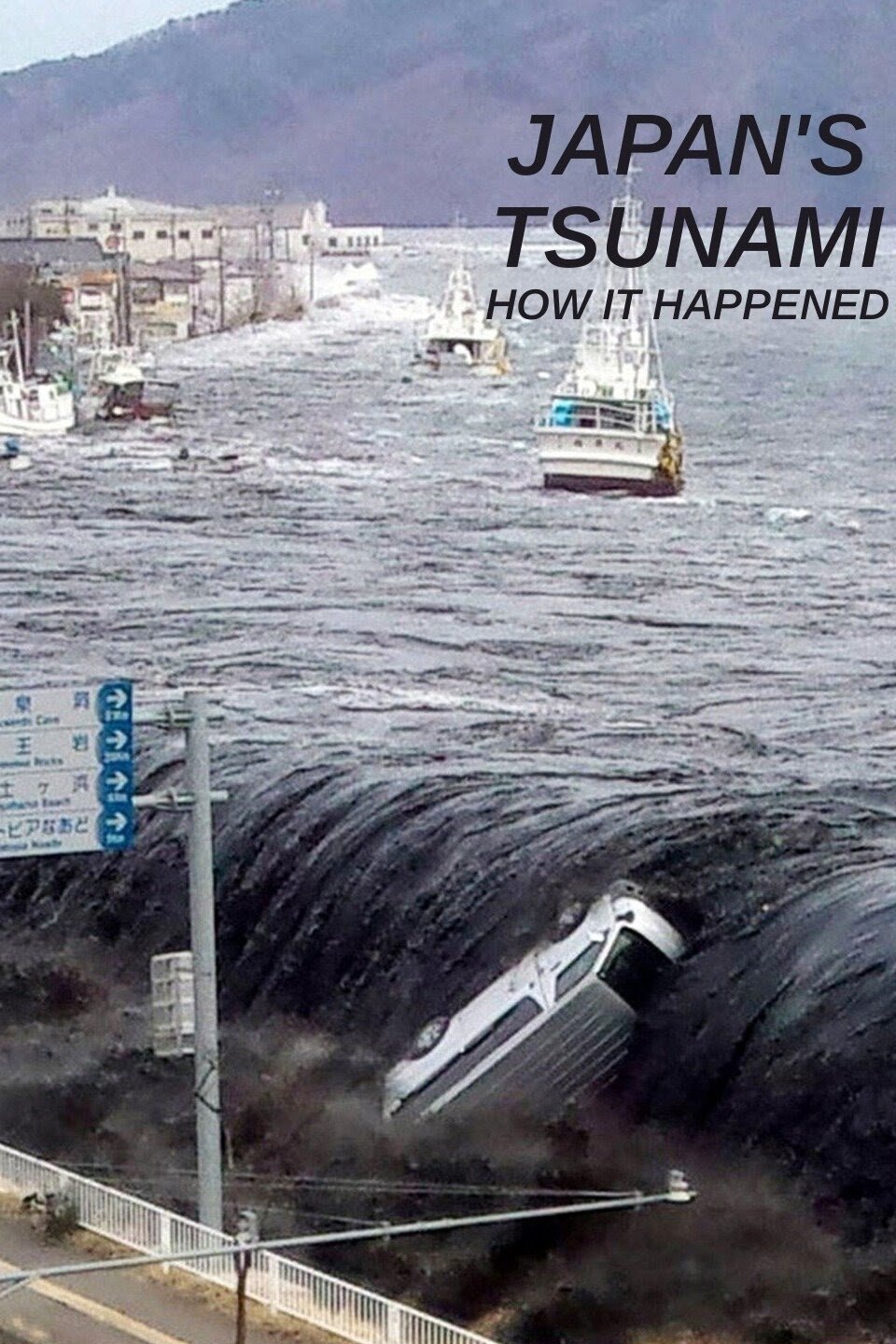
Japan's Tsunami: How It Happened
Released on: 2011-07-16
Documentary, TV Movie
An investigation by Professor of Geological Sciences, Roger Bilham, of the science behind the earthq...

Livet efter flodvågen
Released on: 2014-12-26
Documentary
On December 26, 2004, Southeast Asia was hit by a huge tsunami and hundreds of thousands of people l...
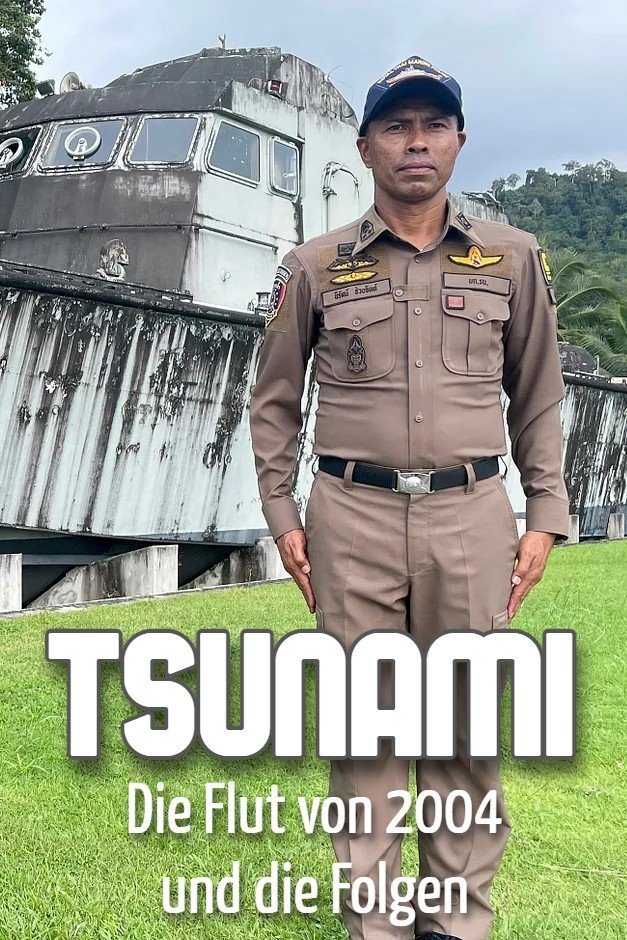
Tsunami - The flood of 2004 and the consequences
Released on: 2024-12-17
Documentary, History, Drama
It was one of the greatest natural disasters of all time. On the morning of Boxing Day 2004, a massi...

Fukushima
Released on: 2014-01-01
Documentary
On March 11 2011, after a magnitude 9 earthquake, a giant tsunami destroyed most of the north easte...

Tsunami - Killer Wave
Released on: 2005-02-22
Documentary
The globe learned on December 26, 2004, that tsunamis can bring death and devastation to the world's...

3/11 - The Tsunami: The First 3 Days
Released on: 2021-01-08
Documentary
The story of the March 2011 Great East Japan Earthquake and tsunami as told through news footage and...

Khao Lak
Released on: 2014-12-26
Documentary
Three days before the tsunami hits Khao Lak, Jens Lind and his family travel on after a few weeks in...
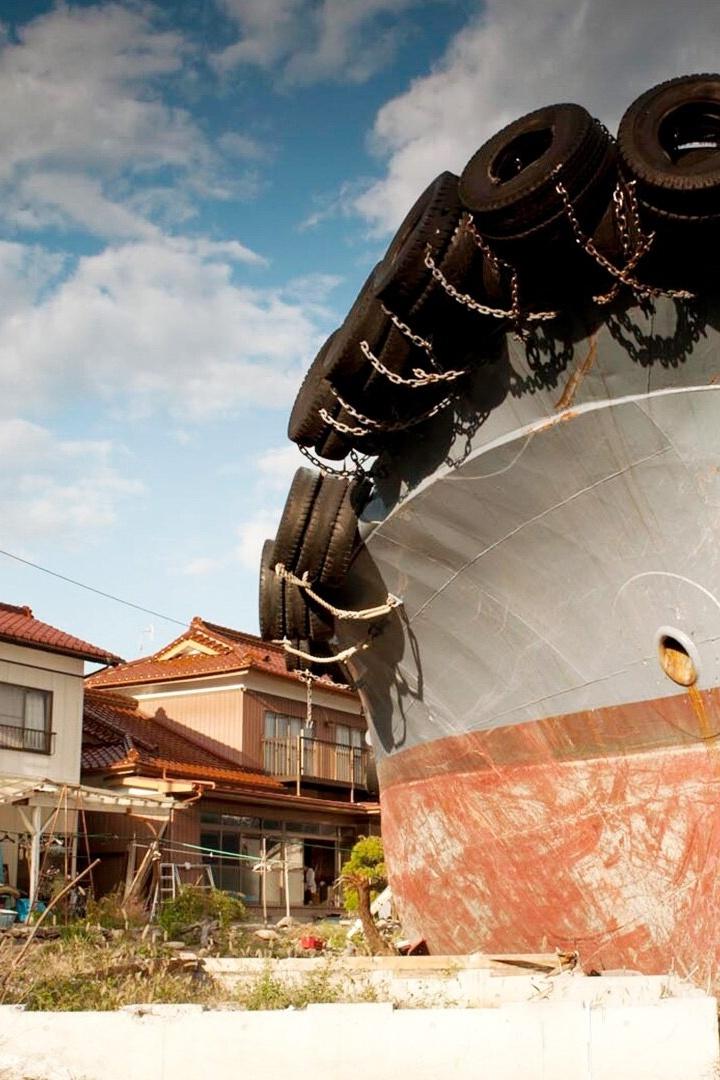
Japan's Tsunami: Caught on Camera
Released on: 2011-12-10
Documentary
Japan's Tsunami: Caught on Camera
